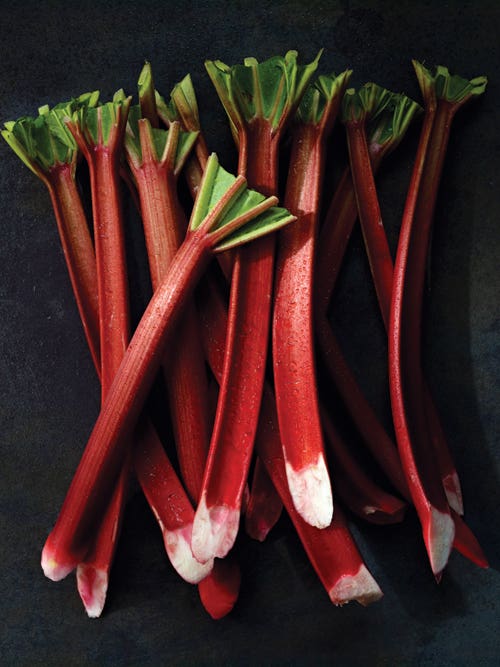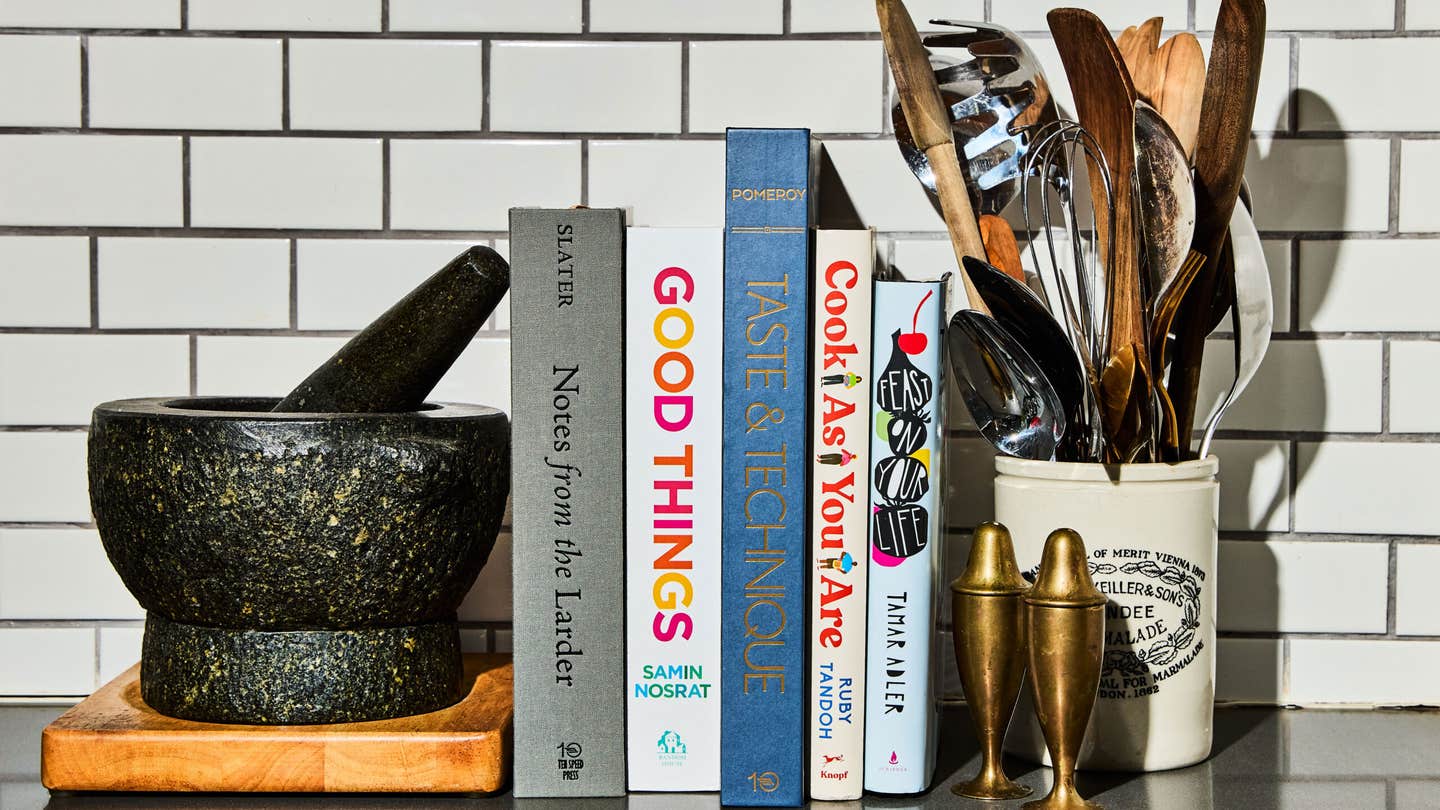
New York City in the 1980s was not safe for children. Some were disappearing to kidnappers, others were disappearing to crack. Between that and the garbage strikes and divorce, the best place for kids was inside, in front of the television. I think that's why the New York City natives I know from that era all became different sorts of hothouse flowers, strong and strange. As for me, I got bored with the reruns on TV and turned to my mother's bookcase of college classics, which caused me to become obsessed with, of all things, the American Midwest, as seen through the eyes of F. Scott Fitzgerald and Willa Cather. The Midwest was a fantasyland where the skyscrapers were built of prairie clouds, and where the biggest danger seemed to be quiet yearnings for excitement.
I arrived in Minnesota for college in the last months of 1988 and never looked back. Upon graduating I realized you could buy a house with an attic that smelled like a barn, and a covered porch—a real Victorian-era house that was walking distance to an organic bakery and a Vietnamese restaurant—for less than a hundred thousand dollars. So I did. Then I headed to the garden center for my first real purchases as a landholding Midwesterner. I wanted a rosebush and a rhubarb patch. Just like Willa Cather had.
But my friend Mitch told me that you can't buy rhubarb plants just anywhere; usually people just had them. Well, what then? His mother knew of a farm stand. And by the side of the road, there they were: strawberry-hued rhubarb plants growing in plastic gallon milk jugs, the tops scissored off, holes punched in the bottom. A table made of planks had a clear and direct sign: $5. Another plastic jug was nailed to the plank tabletop. You just put your cash in the jug. Cash in a jug at the side of the road, where anyone could take it. But no one ever would.
Now bear with me, because here things get dull. The rhubarb went in the ground and thrived. That's what rhubarb does. Whether you're in Minnesota or Tibet, Missouri or Latvia, England, Alaska, or Iran, rhubarb grows like a weed pretty much anywhere with usable soil and a hard freeze in the winter, which the plant needs to thrive. But now things get interesting again, because at my local farmers' market, and at all of those in the rest of the snowbelt, this weediness makes rhubarb one of the superstars of early spring. That's when bundles of rhubarb stalks appear alongside ramps, fiddlehead ferns, and wild watercress. They mark the true end of winter, the beginning of the edible outdoors, the start of local cooking becoming exciting, even exuberant, again.
There are in fact a wealth of exciting and exuberant ways you can cook rhubarb: braised in syrup until custardy; baked into rustic upside-down cake; whipped into an elegant rhubarb mousse; juiced into lemonade or ruby-tinted granita. Though of course you can do all sorts of things with rhubarb, you probably won't, because here in the United States, rhubarb means pie: rhubarb pie, strawberry—rhubarb pie, rhubarb crumble, strawberry—rhubarb crumble. In English-speaking lands, rhubarb is so closely associated with pie that it's often called pie plant.
That's a homely end to what was once a very interesting life for a globe-trotting political pawn. Rheum rhabarbarum, thought to have originated in northwest China, was once the subject of hot dispute between Russian czars and Chinese emperors. Rhubarb was first written about some 2,700 years ago in The Divine Farmer's Herb-Root Classic, one of China's earliest known pharmaceutical texts, and was prized for the medicinal value of its roots, for they had a remarkable ability to cure dysentery, diarrhea, and constipation—it was the Pepto-Bismol and Ex-Lax of the preindustrial age and a key export of China. In the book The Silk Road: Two Thousand Years in the Heart of Asia (University of California Press, 2004), historian Frances Wood quotes the ambassador to Samarkand in 1405, who enumerated the good stuff that came along the Silk Road from China: "silk, satins, musk, rubies, diamonds, pearls, and rhubarb." In 17th-century Russia, rhubarb was so valuable that much of the country's treasury was derived from the medicinal sales of the imported rhubarb root. When Chinese emperors and Russian czars had a border dispute, withholding rhubarb was China's biggest weapon.
Rhubarb, in its sour, vegetable, nonmedicinal guise, came into common kitchen and garden use only after plantations made sugar widely available and affordable in the past few centuries—the sweetener is what made rhubarb fit for pie. The part of rhubarb we eat, the stalks—white, pink, crimson, grasshopper green, whitish green, or red, depending on the variety—are actually rhubarb leaf bases called petioles. Other petioles we commonly eat are celery, Swiss chard, Napa cabbage and endive, and, arguably, asparagus. Stick to the petioles of rhubarb—the leaves, which contain toxic oxalic acid, can be lethal to those with sensitivities to it or to rhubarb-leaf gluttons (five kilos would be enough to poison most people). In my own Minnesota neighborhood I've seen kids chasing each other with rhubarb leaves as if they're murder weapons that could kill on contact.
Marcus Jernmark, the Swedish-born chef of the vaunted restaurant Aquavit in Manhattan, remembers those types of rhubarb shenanigans, as well as the ritual of peeling stalks of rhubarb and chewing them raw during his childhood in Gothenburg. Now he's one of the high-end chefs leading a charge to get rhubarb out of the pie: "In early spring, peas and rhubarb really set the tone of the menu, sometimes with ramps or morels," says Jernmark, whose offerings last spring included herring in a rhubarb-spiked brine and pickled rhubarb with sturgeon, citrus, cilantro, nasturtium flowers, and sweet Maine shrimp—each touched by rhubarb's tart freshness and bearing its vibrant rosy color.
Across cuisines, rhubarb's defining sourness is often seen as its greatest asset. According to Louisa Shafia, author of The New Persian Kitchen (Ten Speed Press, 2013), "Rhubarb got to Persia along the Silk Road and stayed because Iranians love sour food—pomegranates, lemon juice, lime juice, sour-orange juice, barberries—all those ingredients are very tart." She likes to use fresh minced rhubarb as the finishing acidic note to a savory stew of barley and lamb. "I add it right at the end and stir it in, so it gets soft but not mushy, because then you lose the great sourness."
I usually like to take farmers' market bundles of spring's first rhubarb, cut them into pieces, and roast them in the oven with honey, orange juice, and warm aromatic spices like cardamom and star anise. The resulting mixture makes a great compote to be strewn over pound cake or ice cream. Sometimes I cook the compote down and strain away the solids. The reduced syrup is perfect for a locavore variation on a lemon drop—a little Midwestern vodka, a little rhubarb syrup, well chilled. I like to drink a rhubarb drop sitting in my porch swing, overlooking my own garden rhubarb patch, while considering czars and emperors of yore and a world in which rhubarb was as valuable as diamonds and pearls and made headlines—not pie. For this New York City hothouse flower gone country, it's a tart taste of the peculiar past and answers the question: What's dull and interesting and good all over? Rhubarb in the spring.
Keep Reading
Continue to Next Story










